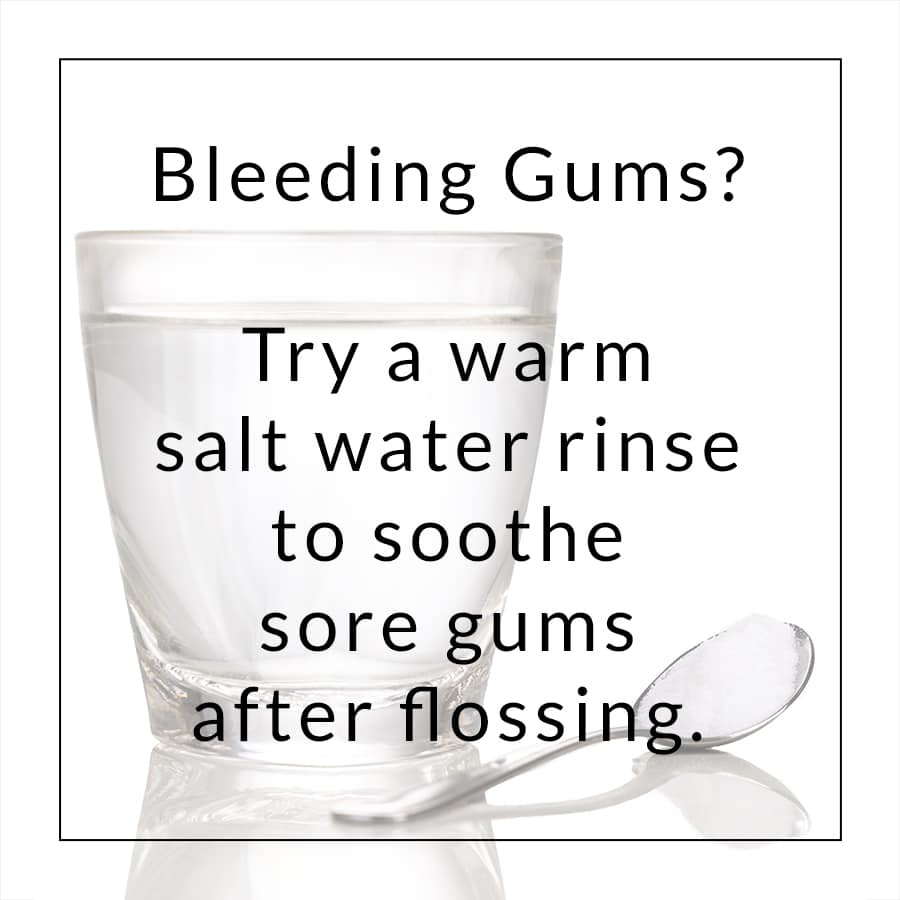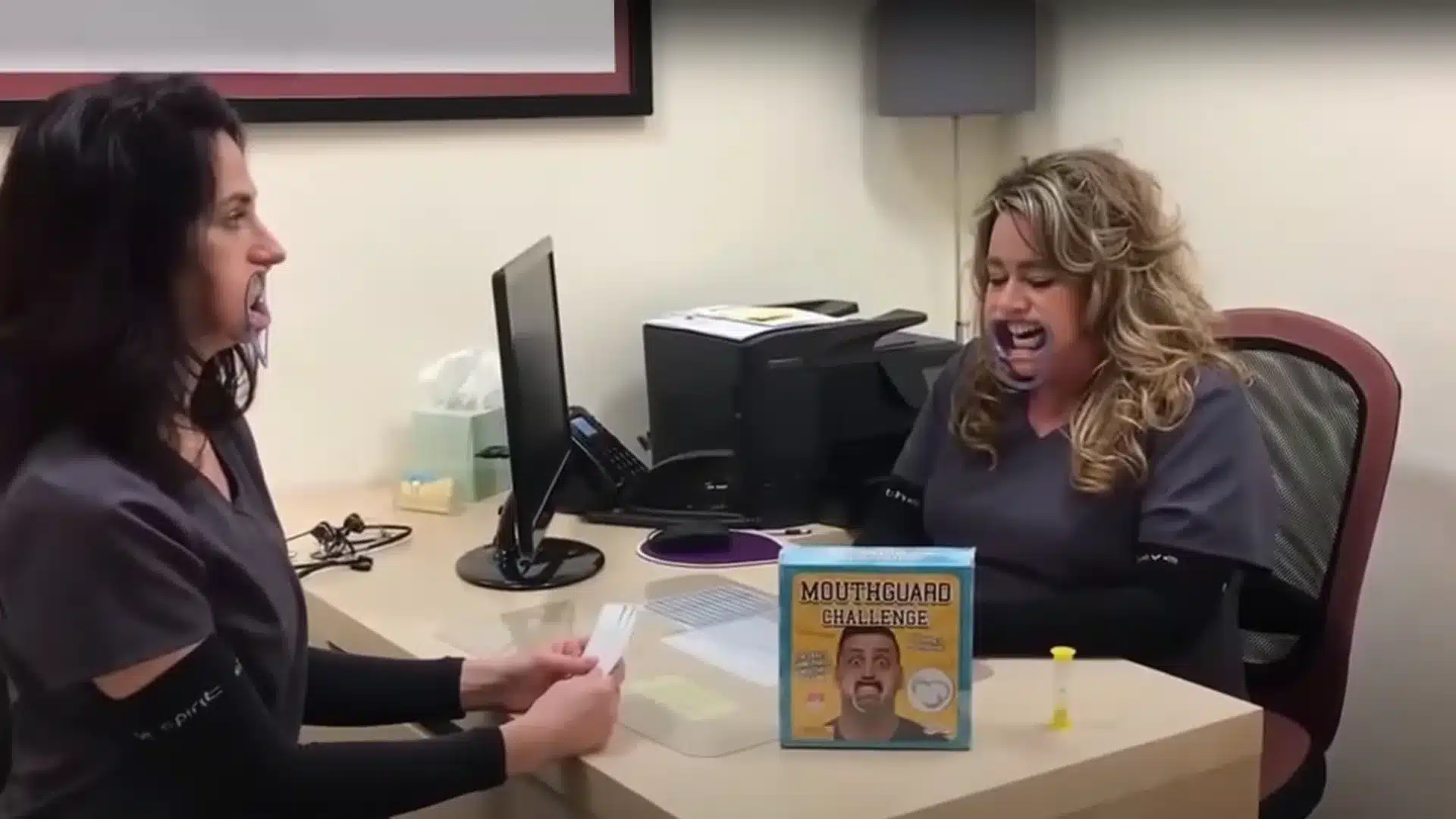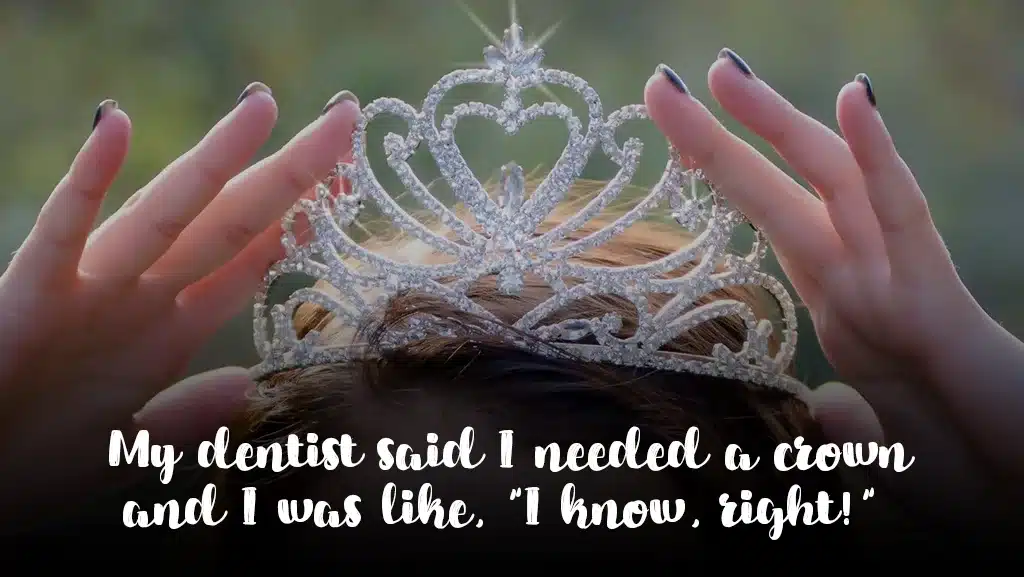Are bleeding gums normal? The short answer is no, bleeding gums are not generally normal.
Are Bleeding Gums Common?
Yes, they’re way more common than you think.
Let’s face it, we all know flossing doesn’t always make the cut in our daily routines. But here’s the deal: your gums are just as important as your pearly whites, and they deserve some TLC too. I often hear folks say things like, “Flossing hurts!” or “My gums bleed, so I skip it.” So let’s talk about why this happens and why it’s crucial to address it.
Plus, I’ll let you in on a little secret: bleeding gums can actually make some people dread their routine dental visits. So, let’s dive in, set the record straight, and discover why your gums bleed, whether or not you should brush and floss if your gums are tender or bleeding, and how to make a concerted effort to keep your gums in tip-top shape.
Why do my gums bleed?
Healthy gums are normally pink and do not bleed when brushing or flossing.
When plaque, debris, or tartar accumulates around your gums, it’s like having unwanted guests crashing a party. The host (aka your gums) get all irritated (aka inflamed) because, well, they weren’t expecting these uninvited visitors (aka the plaque, debris, and/or tartar). As a result, they start to rebel by turning all red and even pulling away from your teeth. It’s their way of trying to kick the party crashers to the curb.
There are several other reasons your gums may be bleeding including: aggressive brushing, gingivitis (an early stage of gum disease), hormonal changes, certain medications (such as blood thinners), vitamin deficiencies, nutritional factors, and even systemic diseases. I mention this not to scare you but to let you know it’s important to deal with your bleeding gums because if something is left untreated or undiagnosed, it can lead to tooth loss and other complications. If you’ve tried everything and you’re still dealing with bleeding gums, have a conversation with your dentist. We’re here to help you evaluate your situation and give you some guidance!
Your oral health often provides valuable clues about your overall health.
Should I brush or floss if my gums bleed?
Yes, you should continue brushing and flossing gently – even if your gums bleed.
When you brush or floss irritated gums, they start to bleed and feel painfully tender. The soreness makes you want to skip the entire routine. The problem with that is, skipping the routine only makes things worse – it exacerbates your discomfort in the long run.
Brushing is effective on the visible surfaces of your teeth, the part your toothbrush reaches, but there’s still plaque that’s trapped in between your teeth. It’s like a secret hideout where plaque often sets up camp and beings causing trouble. When plaque lingers there, it increases the risk of developing cavities in those hard-to-reach places and, even worse, can lead to a condition called gingivitis, where the gums become inflamed due to bacterial buildup.


That’s why it’s important to give some TLC to your interdental spaces (those spots your toothbrush can’t quite reach) through regular flossing to keep both cavities and gingivitis at bay.
Not flossing keeps plaque and bacteria that cannot be removed with a toothbrush on your teeth longer, irritating your gums.
Rinsing with warm salt water will help alleviate some of your discomfort, but it is really important to continue the good habit of brushing and flossing.
Be sure to be gentle but thorough in your approach.
Am I flossing correctly?
If you’re questioning your flossing techniques, you’re not alone. If you’re not questioning it, you should be. Flossing correctly isn’t quite as easy as it should be, but the beauty is practice makes perfect. It’s honestly pretty easy to work into your routine. Once you master the skill,
Flossing is not as easy as I wish it could be, but with some time and effort, it can be worked into an evening routine. Practice makes perfect. Depending on your dexterity and the the number of teeth you’re wanting to keep (let’s assume all of them), flossing really only adds a few minutes of extra effort.
Your objective: Remove any plaque or food particles trapped between your teeth and below the gumline.

- Take 12 inches of floss and wrap most of it on your non dominant hand’s middle finger.
- Hold the floss by your index finger and thumbs on both hands (this prevents the floss from being wrapped tight on your fingers).
- Go tooth by tooth and wrap the floss like a C-Shape to go under the gums and grab onto as much plaque as possible.
- Repeat the C-Shape on the adjacent tooth to ensure you get below the gums of both touching teeth.
** If you are at all uncertain about your technique, feel free to ask your hygienist or dentist at your next appointment!





